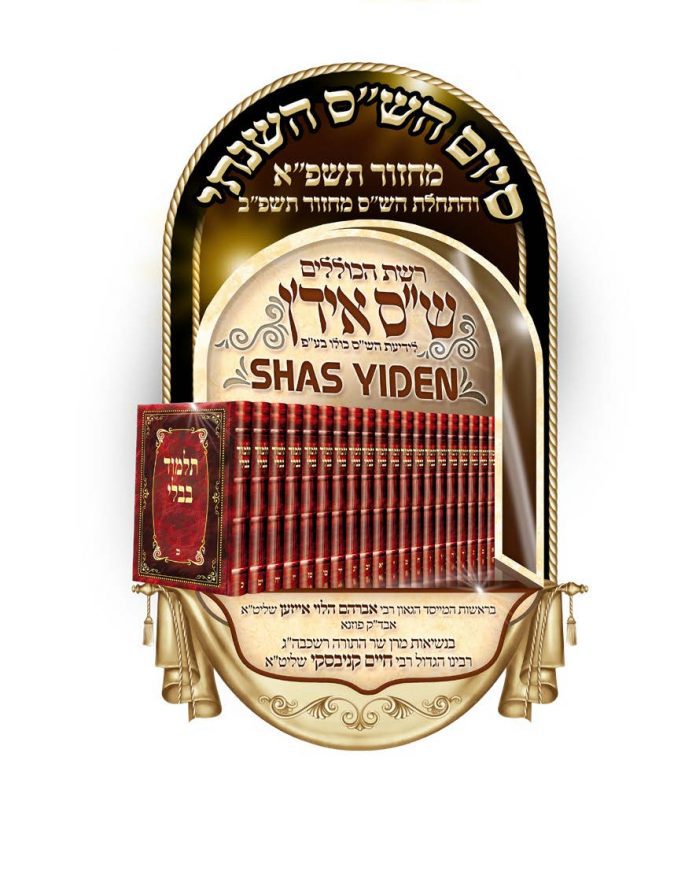The avreichim hurled back page references and sources from all over Shas, exhibiting their breathtaking knowledge. When they would pause, it was to refer and to determine the different sources and to debate with the examiners. All who were present were amazed by what they saw.
- Where are kerem rivai and neta rivai mentioned in Shas, and what is the difference between them?
- Which halochot are learned from the verse, “Lo tochelu al hadam” (literally, “You shall not eat over the blood” – Vayikra 19:26)?
- Where in Shas do we learn the concept of biryah (the special status of a whole object), and in which contexts?
- What is the reason why one does not receive lashes for violating a lav she’en bo maaseh (a prohibition which is transgressed without performing an action)? And where is this mentioned in Shas?
- How many implications of the law of modeh biknas (one who admits to being required to pay a penalty) are mentioned in Shas, and where?
- What is the source of the requirements to add time (“tosefet”) onto Shabbat and shemitah?
- Regarding bittul (the negating of a minority component of a mixture) – how many items are there that cannot be negated in a mixture due to their importance? (This question led to many unanticipated examples of such items which are mentioned in Shas.)
- Which violators are put to death even if they did not receive hatra’ah (warning)?
- Regarding mixtures min bemino (between two identical items) and min bish’eno mino (between two different items), how do we determine if the two items are considered similar or different? What if wine becomes vinegar?
- Which halachot are derived from kabbalah (tradition) and not from verses in the Torah?
- Where is it better to live – with a son or a daughter?
- How many times and where in Shas is it mentioned that the Torah “is not in heaven”?
- How many times in Shas does it say that one should not perform miraculous actions?
- How can the Gemara say that we do not listen to Eliyahu Hanavi, but also mandate the opposite?
- Where does the Gemara refer to a transgression committed by thought alone, without any speech or action?
- From where in Shas can we infer the law relevant to a case of a person who shoots an arrow at someone, and before the arrow strikes the targeted person, either the attacker or the targeted individual converts and becomes Jewish?
- Where in Shas do we learn a law from what occurred before Matan Torah? What does the Tosafot Yeshanim say in this regard? What does it say in Ketubot, and where is this referenced in Yevamot and Zevahim?
- Where is it mentioned that “beneh aliyah” (superior scholars) are few in number?
- Who is to be preferred – the migmar (one who learns) or the misbar (one who explains)? A Sinai (scholar with a broad scope of knowledge) or the oker harim (“uprooter of mountains,” a scholar with exceedingly sharp analytical skills)? A sefer Torah or a Torah scholar? Rav Direnfeld remarked that these choices do not apply to the Shas Yiden because they each combine all these traits.
To watch a video recording of the exam, please visit www.shasyiden.com.



